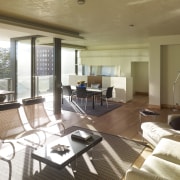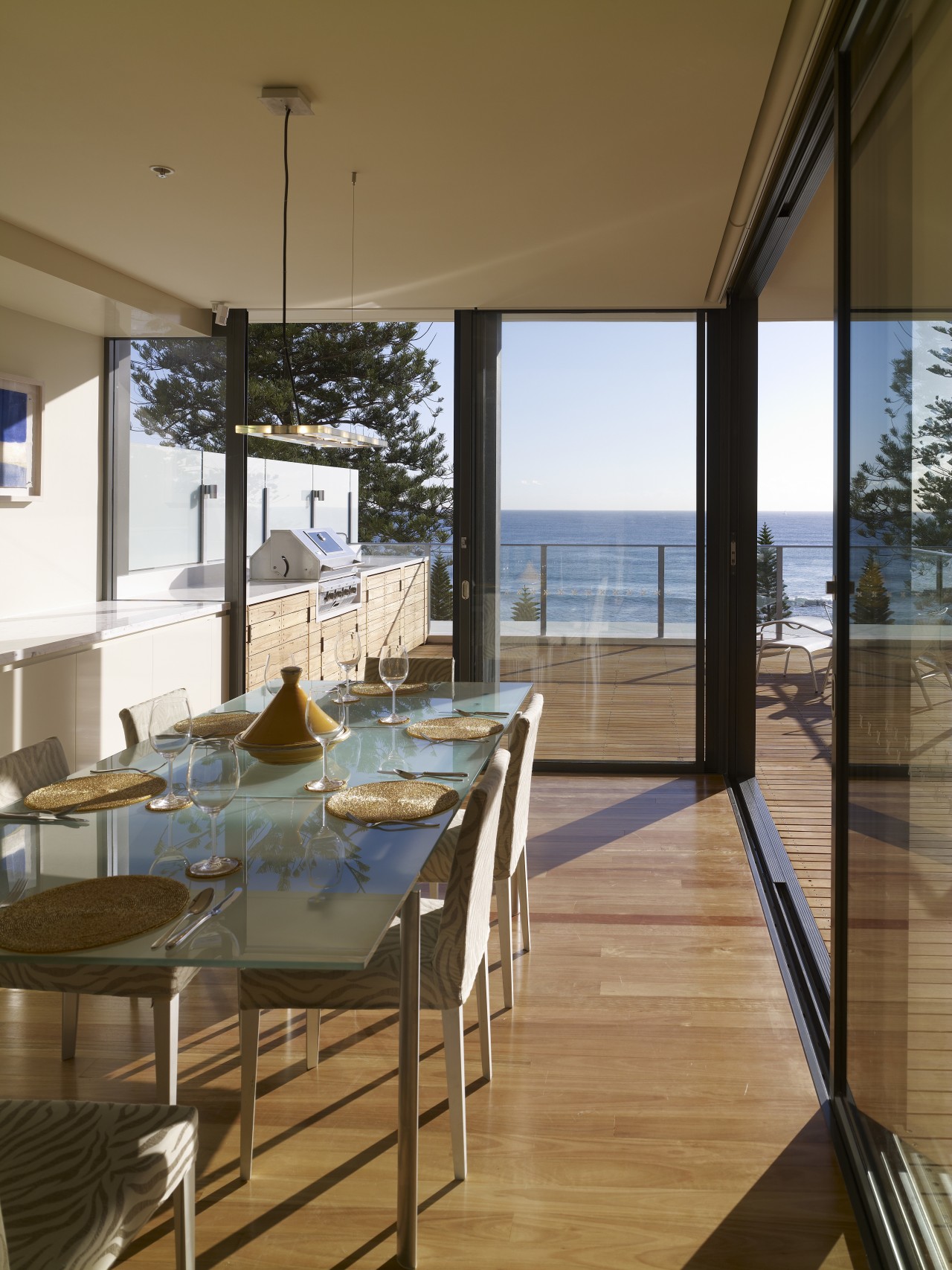Building on experience
An historic apartment block undergoes a detailed restoration, funded by the addition of six brand-new penthouses
Whether renovating or building afresh in an historic context, establishing an honest relationship between the old and the new is a more dynamic approach than simply emulating what has gone before.
In this project, restoration of an historic building involved not only demolition and reconstruction, but also a significant new-build component. Architect Jennifer Hill says she was asked by the Dungowan apartment building body corporate to find a financially viable way to save and restore the old building.
"Unearthing its past was an important starting point," says Hill. "We discovered by searching records that the block had been built in 1918 by respected architects, Ross & Rowe.
"This gave the building architectural significance, so with heritage incentives in mind, we decided to restore Dungowan inside and out funding the work with the sale of six additional apartments to be built on top, at the rear of the structure."
To attract funding, restoration of the facade had to be exact to the last detail.
"In most areas, missing architectural detail could be copied from another building element," says Hill. "However, all the external cornices had vanished in the 1930s. Through research I found an early photo of the building and with 3D photographic modelling we were able to accurately replicate the originals."
Preserving the facade was essential to gaining heritage grants and to this end, two existing apartments were sacrificed. A car stacker was inserted in their place to provide parking for the additional units. Positioning the stacker at the rear, at ground level, meant there was no need to remove the facade at the back to make way for conventional parking.
From an interior perspective, the restorative work was even more exacting.
"Dungowan was built in concrete with a high coke-breeze content, which is a by-product of coke production. This material has not stood the test of time and as a result, the concrete structure needed to be treated and supported by inserting braced timber ceilings," says Hill.
Existing foyers and front apartments were in good condition, so once the new reinforcing timber ceilings were in place, these were fully restored. This entailed removing and recording every door and floorboard for later replacement.
The rear units were almost completely rebuilt internally, walls included, but with the same painstaking tracking of doors and floors.
While much of the interior could be rebuilt or restored, the kitchens and bathrooms were all in a poor condition and had to be replaced. Accordingly, new understated kitchen and bathroom inserts were added to the existing apartments across the building. These provide an honest juxtaposition between the old and the new.
The quietly contemporary aesthetic of the new penthouse addition at the top of the restored building forms a similar contrast. As the restored ground-floor foyer would serve the old and the new apartments alike, it was designed to have relevance for both.
"The original colour scheme was reinstated and contemporary lighting and artworks were introduced to chime with the new units this balance was a key aspect of harmonising the entire project," says Hill.
The new apartments can be glimpsed from the street, as they step back from the front of the original structure. Quite different in character to the restored units, they have sweeping glass frontages that slide back, so that interiors run out seamlessly to expansive decks.
"These apartments are in sympathetic contrast to the existing units," says Hill. "For example, while the new glazing is completely modern, the golden rectangle is employed as a principal design form on the addition, echoing its prominent use on the original facades."
Despite differences of form, age and aesthetic, the old and the new dwellings have a tight symbiotic relationship.
Credit list
Interior and kitchen designer
Roofing
Tiling
Walls
Blinds
Kitchen cabinetry
Artworks
Cladding
Balcony glazing
Flooring
Lighting
Floors
Furniture
Story by: Charles Moxham
Photography by: Brett Boardman
Home kitchen bathroom commercial design
















